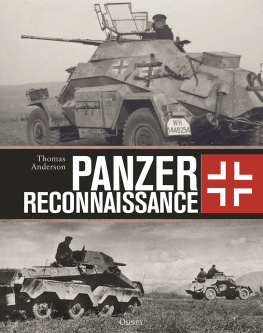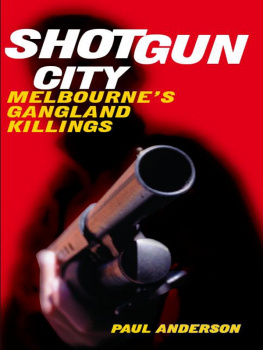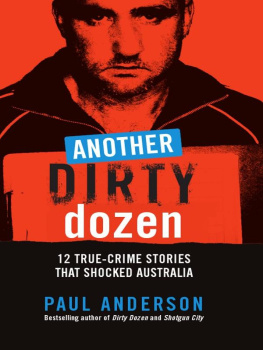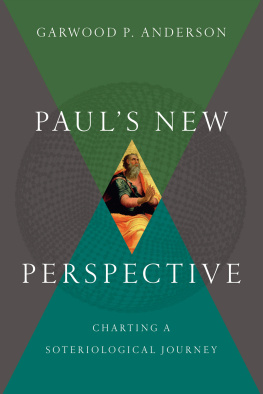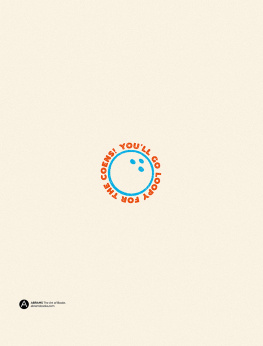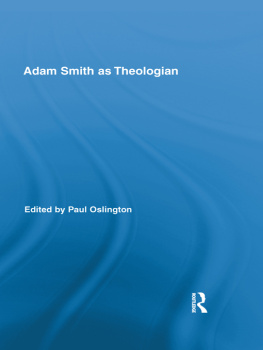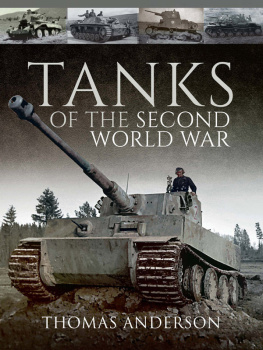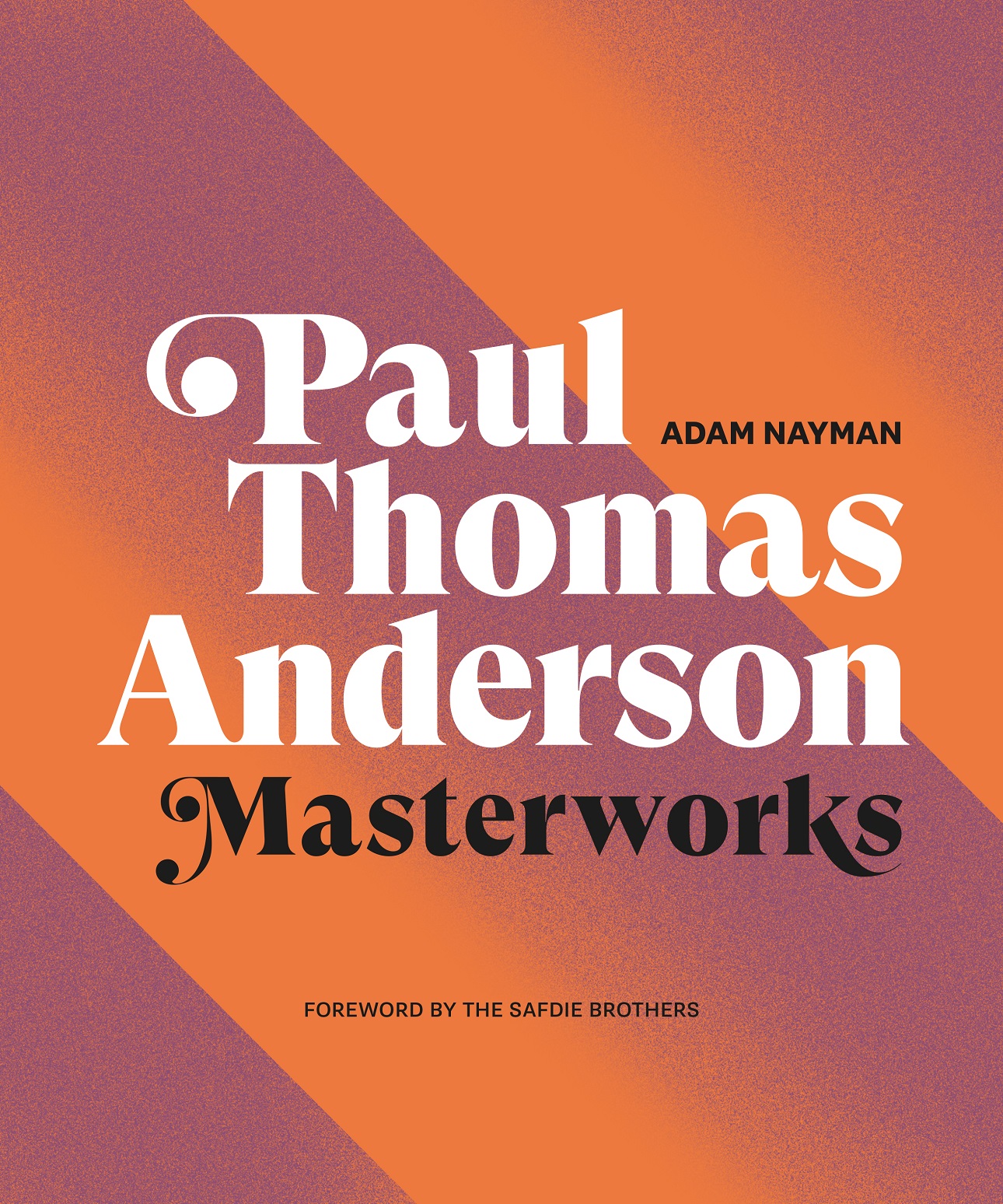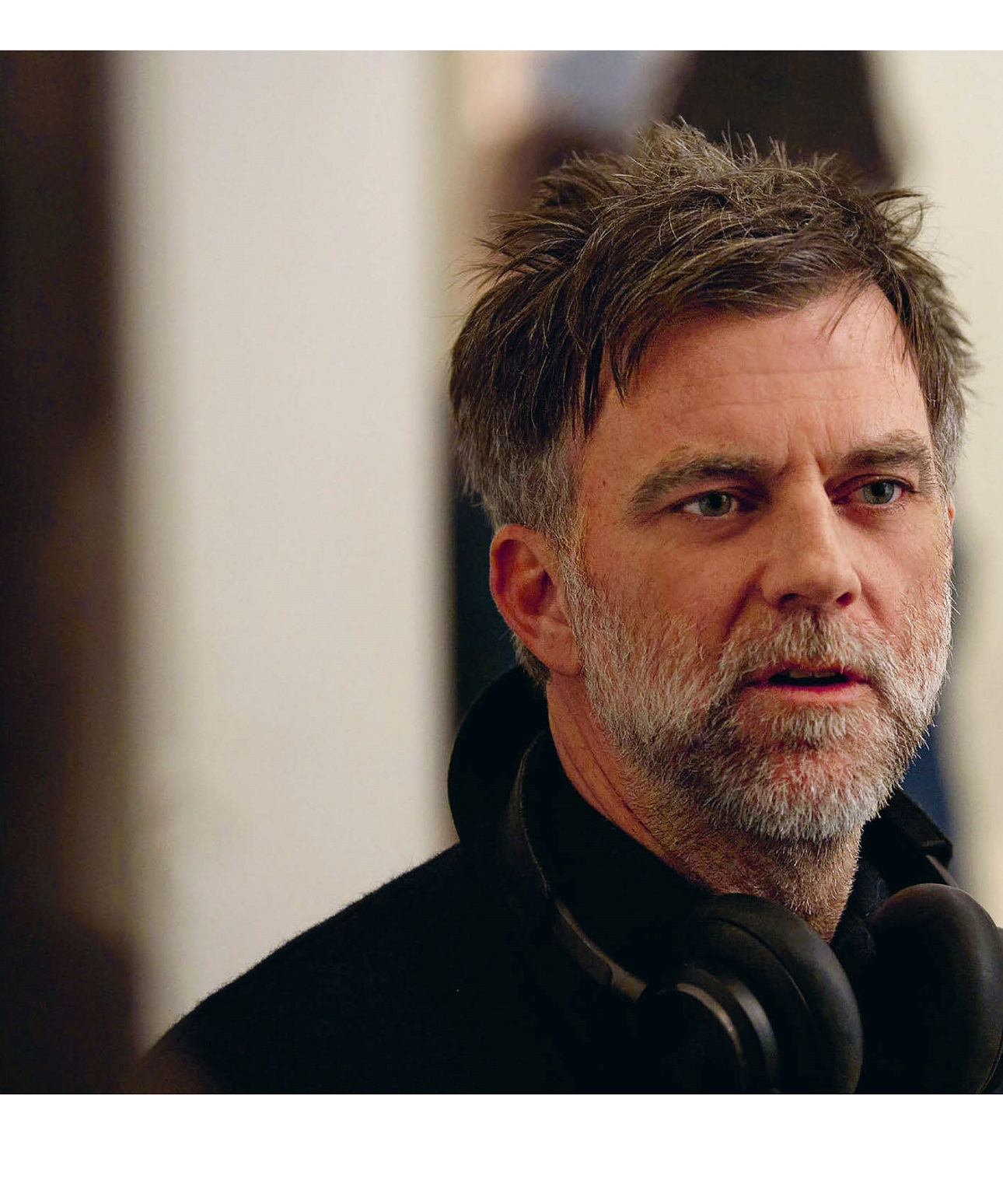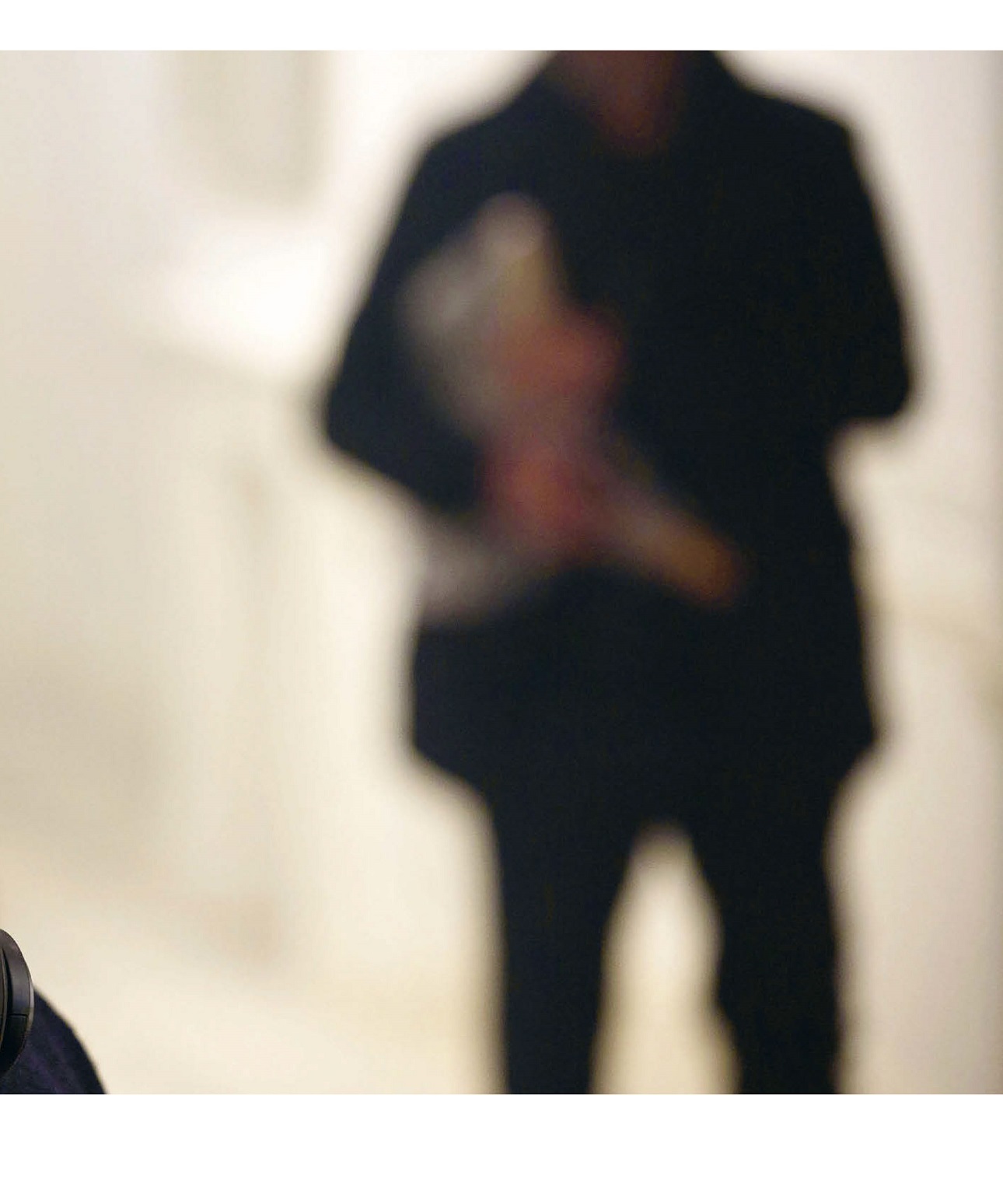
Foreword
Josh and Benny Safdie
Im really drunk... really, I am. Im out of my head. Im so
wastedIm really wasted.... Really Dirk, Im really just
wasted. Im crazy right now. Im really crazy. You know?
Dirk rushes back insidehoping to catch the clock strike
midnight as it marks the end of a year he ownedleaving
Scotty alone with his Dirk Digglerwannabe car still sticky
from a crummy paint job. Scotty gets inside (I dont believe
hes half as drunk as he claims to be) and sobs to himself,
Im a fuckin idiot! .. Im a fuckin idiot... Fuckin idiot!
Fuckin idiot! Fuckin idiot! Fuckin idiot! The Watts 103rd
Street Rhythm Band kicks in and its cool laissez-faire vibe
represses your own loneliness deep down to a place you
know will come back to haunt you.
I was fourteen or so when I saw
Boogie Nights
for the first
time. It was our first film by Paul Thomas Anderson. Our
introduction to his work coincided with the beginning of a
life-long journey and obsession with Al Goldstein and his late-
night public-access show
Midnight Blue
(which a few years
later would host Andersons subversive Frank T.J. Mackeys
900-number commercial).
Boogie Nights
is a movie that
wears its fascinations and obsessions on its sleeve. Suce it
to say: There was a lot of overlap on the Venn diagram.
Dont know what it says about us, but as much as we relate
to Dirks quest for real imported Italian leather, it was the
Scotty, the Rollergirl, the Buck Swope, or even the Kurt
Longjohn wanting to talk about lighting with Little Bill while
his wife has an ass in her cock that cut us deep. Anderson
fills his movies with peripheral
C
haracters that feel like the
center of their own films.
I remember being a young teen watching the Fuckin
idiot scene (as it would become dubbed) with Philip
Seymour Hoffman. I remember rewatching it... Rewinding
it... rewatching just that scene, trying to understand it.
Here we had a moment of cosmic humanity in the midst of a
film told in the "Hollywood-style". It was so lived-in. Bravura
filmmaking by a twenty-six-year-old.
When
Punch-Drunk Love
came out, I was eighteen. We had
grown up with Adam Sandler. In particular, we had grown
up with and obsessed over his first two comedy records. The
jewel cases were monuments. Then came his movies, which
were always perfect. As kids we loved comedies. Comedies
were the movies. The serious stuff that our dad showed
us to help us better understand life is simply that: Life.

They were not even called movies. They were the things that
werent out to make us laugh, but to rescue answers from
the wholly ambiguous. These films moved us, but Sandlers
were our first religion: Absurdist tales about pulling through
in your own weird way despite everyone and everything
conspiring against you.
As we grew older, the type of movies that our dad
obsessed over eventually became part of our own personal
wanderings. Some of those films were by Paul Thomas
Anderson. Movies like
Boogie Nights
unlocked a gateway to a
trove of other films by filmmakers of the seventies like Robert
Altman...
Boogie Nights
was a manhole to our own sewers, a
passageway for ourselves away from the ones our dad forged.
Of course, we still watched Sandler films, but they started
to mean something else. They were, and will always remain,
pure to us. Remember our dad was the one who turned
us onto Sandler to begin with. So you could imagine the
inner psychic whirlpool when
Punch-Drunk Love
came out.
It was a Sandler film, but through this realist formalist
lens. Happy learned how to putt.
Of course, everyone points to the explosive rage in the
scene where Barry smashes those panes of glass, but its
the first-date dinner scene that blew and continues to blow
our minds. Its the intricate yet loud micro-performing
like the way Hoffman put his hand on Wahlbergs back
when he leans forward to check his ride, Sandlers
instinctual wrist flick when Lena brings up the hammer story
from his youth... or the leg bouncing while the manager
confronts him about destroying the bathroom... or the
bathroom destruction itself!
Sandlers rage and inner madness was being filtered through
Andersons subtle microscope and, yes, it was still funny and
entertaining. But now it was also begging us to ask ourselves
about our own repressions.... It forced us to recall Sandlers
previous films through a new lens. The worlds were no longer
mutually exclusive... they could co-exist.
For that, we owe Anderson everything....
For his documentary-style blocking.... For his deft, warm
allegories of impossible people.... For his repertoire of actors
shuffling around playing different characters from film to
filmlike a big book of storieslike the films of Fassbinder,
Cassavetes, Altman, or Sandler.... For recording hundreds
of firecrackers hoping to find that one that CRACKS....




